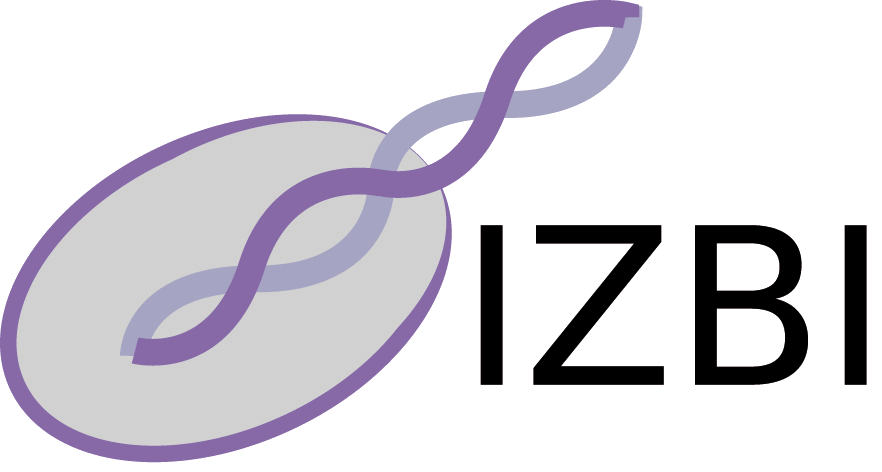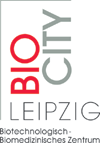Publications - Published papers
Please find below publications of our group. Currently, we list 565 papers. Some of the publications are in collaboration with the group of Sonja Prohaska and are also listed in the publication list for her individual group. Access to published papers ( ) is restricted to our local network and chosen collaborators.
If you have problems accessing electronic information, please let us know:
) is restricted to our local network and chosen collaborators.
If you have problems accessing electronic information, please let us know:
 ) is restricted to our local network and chosen collaborators.
If you have problems accessing electronic information, please let us know:
) is restricted to our local network and chosen collaborators.
If you have problems accessing electronic information, please let us know:©NOTICE: All papers are copyrighted by the authors; If you would like to use all or a portion of any paper, please contact the author.
<tt>NcDNAlign</tt>: Plausible Multiple Alignments of Non-Protein-Coding Genomic Sequences
Dominic Rose, Jana Hertel, Kristin Reiche, Jörg Hackermüller, Peter F. Stadler
Download
Status: Published
Genomics 92: 65-74 (2008)
Abstract
Genome-wide multiple sequence alignments (MSAs) are a necessary prerequisite for an increasingly diverse collection of comparative genomic approaches. Here we present a versatile method that focuses on generating high-quality MSAs for non-protein-coding sequences. The NcDNAlign pipeline combines pairwise BLAST alignments to initial MSAs which are then locally improved and trimmed. The program is optimized for speed and hence is well-suited in particular for pilot-studies. We demonstrate the practical use of NcDNAlign in three case studies: the search for ncRNAs in gammaproteobacteria and the analysis of conserved non-coding DNA in both nematodes and teleost fish, in the latter case focusing on the fate of duplicated ultra-conserved regions.<br/><br/>
Compared to the currently widely used genome-wide alignment program TBA we achieve an up to 20 to 30-fold reduction of CPU-time necessary to generate gammaproteobacterial alignments. A showcase application of bacterial ncRNA prediction based on alignments of both algorithms results in similar sensitivity, false discovery rates and up to hundred putatively novel ncRNA structures. Similar findings hold for our application of NcDNAlign to the identification of ultra-conserved regions in nematodes and teleosts. Both approaches yield conserved sequences of unknown function, result in novel evolutionary insights expanding our knowledge of DNA conservation patterns among these genomes, and manifest benefits of an efficient and reliable genome-wide alignment package.<br/><br/>
The software is available under the GNU Public License at <a href="http://www.bioinf.uni-leipzig.de/Software/NcDNAlign/">http://www.bioinf.uni-leipzig.de/Software/NcDNAlign/</a>.
Keywords
Non-coding RNA, ncRNA, alignment, multiple sequence alignments, ultra-conserved elements, ultra-conserved regions, UCE, UCR, CNE, genome annotation















